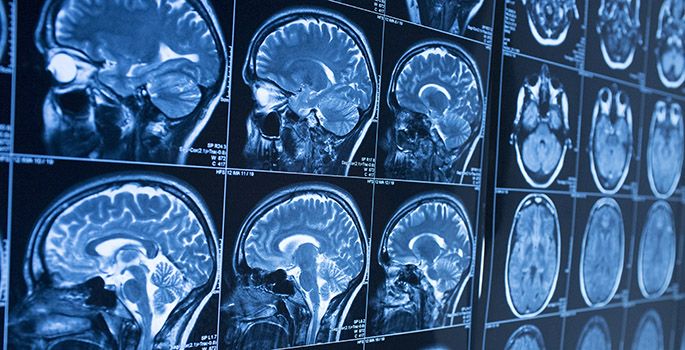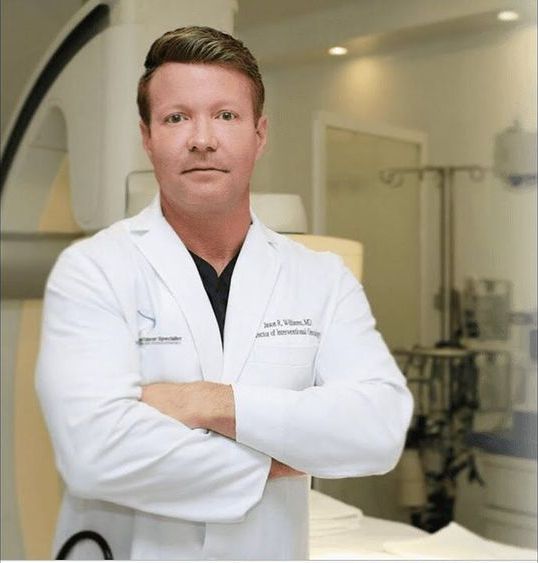Jul 17, 2020
What if the speed of light were that of a cyclist?
Posted by Genevieve Klien in category: physics
A new paper revives a hero from physics’s past.
A new paper revives a hero from physics’s past.
It might seem as though humans have little in common with the lowly yeast cell. Humans have hair, skin, muscles, and bones, among other attributes. Yeast have, well, none of those things.
But besides their obvious differences, yeast and humans, and much of life for that matter, have a great deal in common, especially at the cellular level. One of these commonalities is the enzyme our cells use to make RNA copies of sections of our DNA. The enzyme slides along a strand of DNA that has been unpacked from the chromosome in which it resides, to “read” the genetic code, and then assembles an RNA strand that contains the same code. This copying process, known as transcription, is what happens at a molecular level when a gene is activated in an organism. The enzyme responsible for it, RNA polymerase, is found in all eukaryotic cells (cells with a nucleus) and it is essentially the same in all of them, whether the cells are from a redwood, an earthworm, a caribou, or a mushroom.
That fact has presented a mystery for scientists, though: Although the DNA in a yeast cell is different in many ways from the DNA in a human cell, the same enzyme is able to work with both. Now, a team of Caltech researchers has discovered one way this happens.

Venus has always been a bit of the odd stepchild in the solar system. It’s similarities to Earth are uncanny: roughly the same size, mass, and distance from the sun. But the development paths the two planets ended up taking were very different, with one being the birthplace of all life as we know it, and the other becoming a cloud-covered, highly pressurized version of hell. That cloud cover, which is partially made up of sulfuric acid, has also given the planet an air of mystery. So much so that astronomers in the early 20th century speculated that there could be dinosaurs roaming about on the surface.
Some of that mystery will melt away if a team from NASA’s Jet Propulsion Laboratory gets a chance to launch their newest idea for a mission to the planet, the Venus Emissivity, Radio Science, InSAR, Topograph, and Spectroscopy (or VERITAS) mission.
Continue reading “More Details On NASA’s VERITAS Mission, Which Could Go to Venus” »
“The partners are working together to develop the world’s first laboratory-produced chicken nuggets. The 3D printed nuggets are expected to be similar in taste and appearance to KFC’s original product, but will have the benefit of being more environmentally friendly to produce.”
When I think of KFC and its largely unchanging menu of fried chicken, I do not immediately think of innovation. However a new collaboration forged between the fast-food company and Russia-based bioprinting firm 3D Bioprinting Solutions might just change my mind. The partners are working together to develop the world’s first laboratory-produced chicken nuggets. The 3D printed nuggets are expected to be similar in taste and appearance to KFC’s original product, but will have the benefit of being more environmentally friendly to produce.
The bioprinted chicken nugget project is already underway, and the unlikely partners plan to have a final product ready for testing by this fall. The effort is part of KFC’s mission to create a “restaurant of the future” which leverages state-of-the-art technologies like 3D bioprinting to overcome solutions in the food industry today: such as finding more eco-friendly alternatives to traditional meat.
Continue reading “Printer lickin‘ good: KFC is bioprinting chicken nuggets” »
To calculate the most stable atomic configuration, as well as estimate its hardness, the team relied on a computational method called density functional theory (DFT). DFT has been successfully used throughout chemistry and solid-state physics to predict the structure and properties of materials. Keeping track of the quantum states of all the electrons in a sample, and their interactions, is usually an intractable task. Instead, DFT uses an approximation that focuses on the final density of electrons in space orbiting the atoms. This simplifies the calculation to make it suitable for computers, while still providing very precise results.
Based on these calculations, the scientists found that the Young’s modulus, a measure of hardness, for pentadiamond is predicted to be almost 1700 GPa – compared with about 1200 GPa for conventional diamond.
“Not only is pentadiamond harder than conventional diamond, its density is much lower, equal to that of graphite,” explains co-author Professor Mina Maruyama.

A team of researchers with interdisciplinary expertise in psychology, informatics (the application of information science to solve problems with data) and engineering along with the Vanderbilt Brain Institute (VBI) gained critical insights into one of the biggest mysteries in neuroscience, identifying the location and critical nature of these neurons.”
New research on cognitive flexibility points to a small class of brain cells that support switching attention strategies when old strategies fail.
Physicists at the Max Planck Institute of Quantum Optics (MPQ) have engineered the lightest optical mirror imaginable. The novel metamaterial is made of a single structured layer that consists only of a few hundred identical atoms. The atoms are arranged in the two dimensional array of an optical lattice formed by interfering laser beams. The research results are the first experimental observations of their kind in an only recently emerging new field of subwavelength quantum optics with ordered atoms. So far, the mirror is the only one of its kind. The results are today published in Nature.
Usually, mirrors utilize highly polished metal surfaces or specially coated optical glasses to improve performance in smaller weights. But physicists at MPQ now demonstrated for the very first time that even a single structured layer of a few hundred atoms could already form an optical mirror, making it the lightest one imaginable. The new mirror is only several tens of nanometers thin, which is a thousand times thinner than the width of a human hair. The reflection, however, is so strong it could even be perceived with the pure human eye.
TOKYO (Reuters) — In August, a robot vaguely resembling a kangaroo will begin stacking sandwiches, drinks and ready meals on shelves at a Japanese convenience store in a test its maker, Telexistence, hopes will help trigger a wave of retail automation.
Following that trial, store operator FamilyMart says it plans to use robot workers at 20 stores around Tokyo by 2022. At first, people will operate them remotely — until the machines’ artificial intelligence (AI) can learn to mimic human movements. Rival convenience store chain Lawson is deploying its first robot in September, according to Telexistence.
“It advances the scope and scale of human existence,” the robot maker’s chief executive, Jin Tomioka, said as he explained how its technology lets people sense and experience places other than where they are.

https://www.youtube.com/watch?v=bXhCysAEa4k
This discussion includes Dr. Williams’ work with gene therapy, cancer research, and follistatin — a myostatin inhibitor. he administered to himself years ago.
Dr. Williams, CMO of BioViva Science, is a radiologist with a passion for gene and cellular therapies that can be administered under image guidance. He also has an interest in image guided cancer therapies. He did research for several years with adenoviral vector technology for the treatment of cancer. He has spent the last five years involved in research using AAV technology. Dr. Williams obtained his medical degree from Louisiana State University and completed an internship in Internal Medicine followed by a residency in Radiology at The University Of South Alabama. In residency, he was selected for the RSNA Research Fellow award.
Continue reading “Gene Therapy Today with Dr. Jason Williams and Liz Parrish” »
